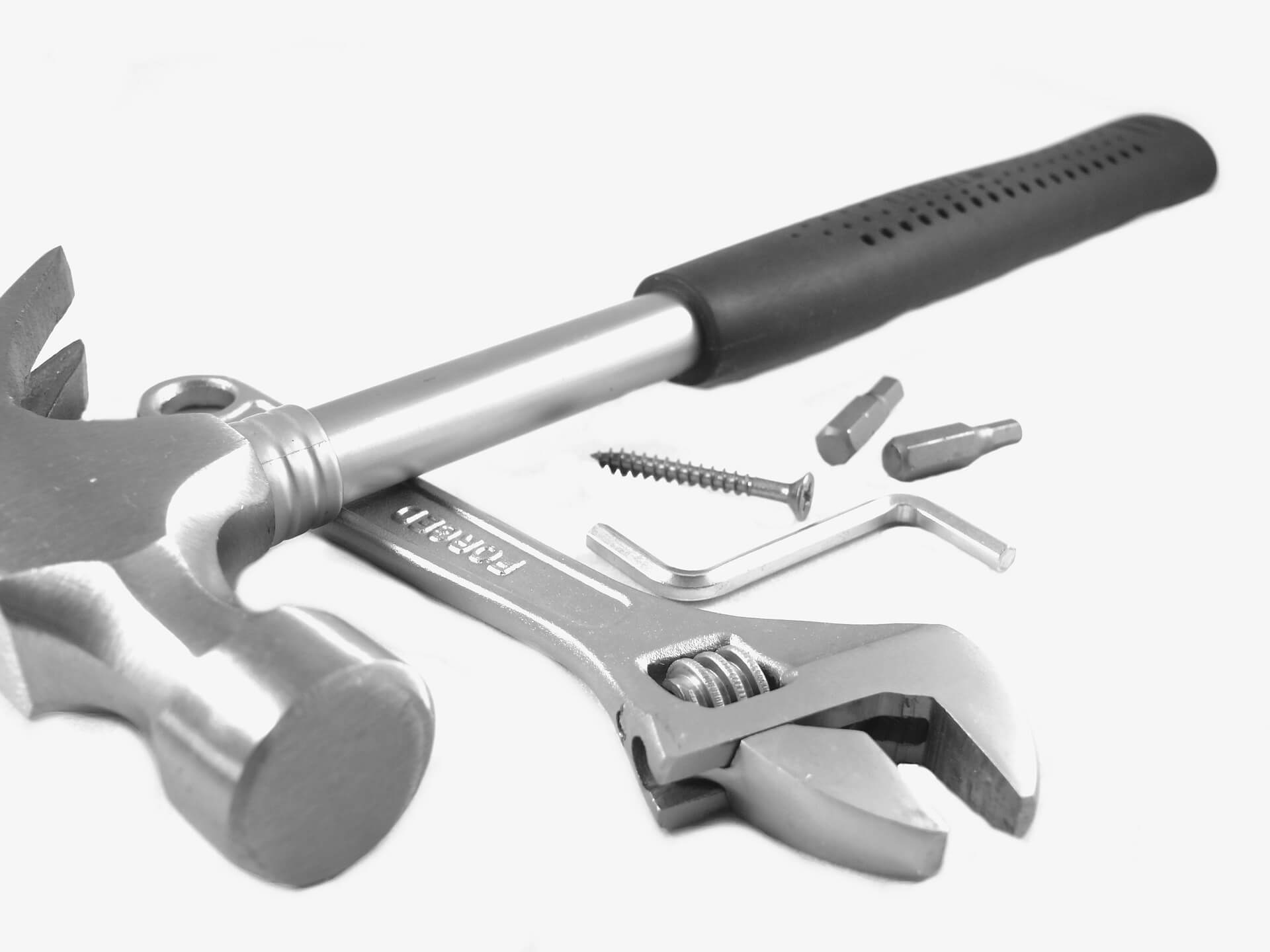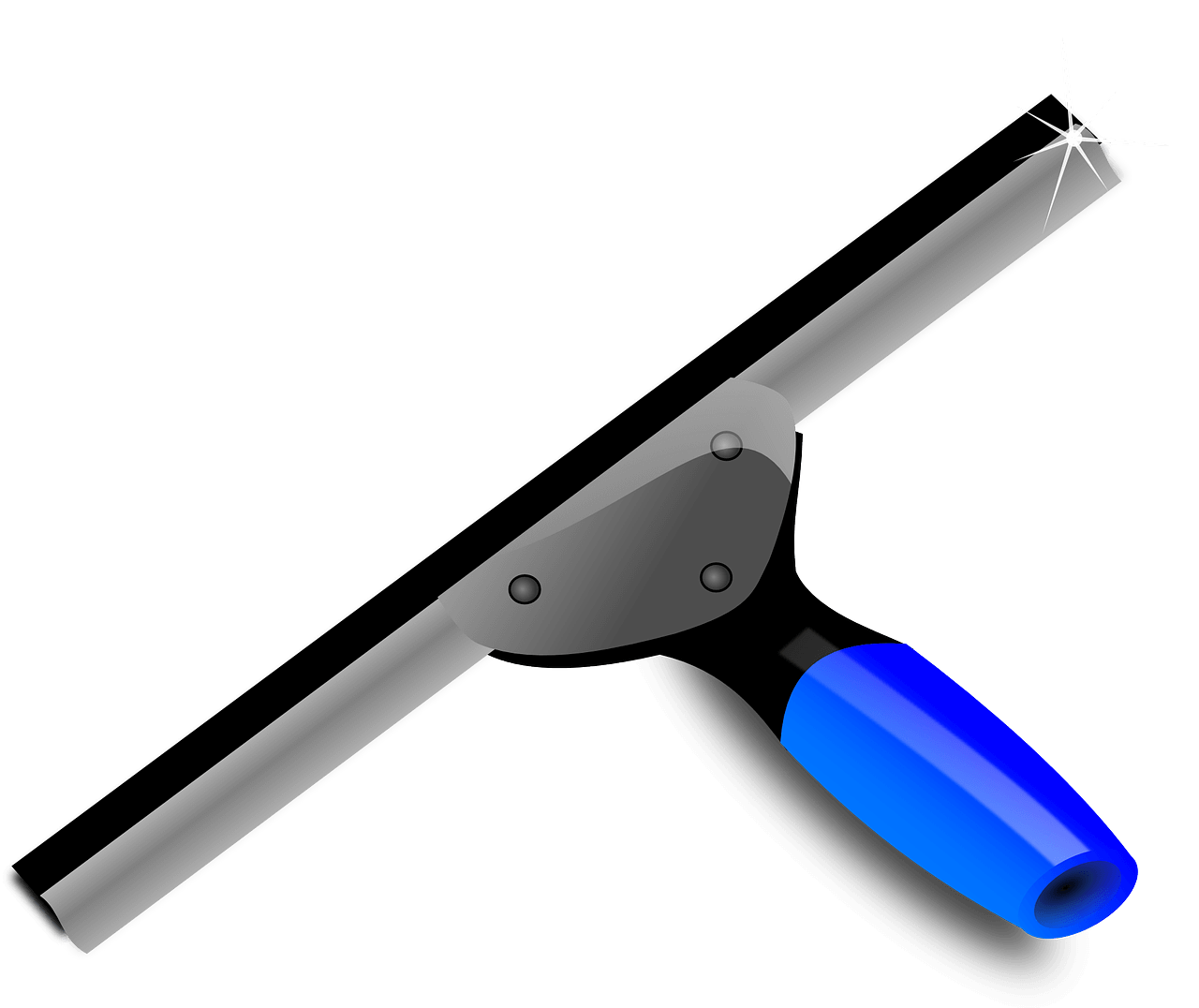How To Take Care Of Your Construction Tools
Last Updated on August 5, 2020 by Duncan
Apart from the dog being a man’s best friend, it may be safe to say that tools come second in that friend’s list. But how?
Tools are one of the best inventions ever from ancient times to this modern era. They help to accomplish tough tasks and can make any task look easy.
To help you out, here are tips on how to take care of your construction tools.
Categories of construction tools
Construction tools are broadly categorized into two; the power tools and the hand tools.
Power tools are the ones that have electrical and mechanical parts; examples include saws, sanders, and electric drills, while hand tools are those that are commonly found in households.
They include hammers, screwdrivers, and pliers.
Why should you take care of construction tools
It is a known fact that construction tools suffer a lot of wear and tear after a while, but there are ways you can utilize them before that period reaches.
Many workers use tools and toss them around, making the tools less efficient. By taking care of your precious construction tools, you achieve a lot.
First, you will save your time this is because all tools will be in specific places and, therefore, can be found very easily. Saving time will also increase your productivity.
Secondly, cleaning the tools makes them more durable; therefore, you can save a lot of your cash.
Thirdly, you and other workers will develop a sense of responsibility as you take care of the tools, not forgetting the pride in your work.
Fourth, failure to handle your tools properly may easily lead to accidents and other risks due to the failure of the tools to work.
Lastly, your construction area will appear neat and pleasing to the eye.
For your tools to return the favor and become a worthy investment, you should always play your part by maintaining them.
How To Take Care Of Your Construction Tools

There are various methods you can use to care for your construction tools, and they include; storing, cleaning, inspecting, lubricating, training, and taking care of the electric cords. Let’s now examine each method.
Store Your Tools Properly
Store in dry places: Where you store your tools after work is critical.
Proper storage is done to protect them from rain, dust, and rust and also to save your time when you need them in your next task.
To avoid rust, your tools should always be stored in a dry place.
In case your garage or storage location has an issue with humidity, experts at Dehumidifier Critic recommend you invest in a dehumidifier to reduce the risk of dampness.
A dehumidifier may seem expensive, but when you compare it with the investment in your tools, it will definitely be worth it.
Utilize the silica gel packs that are usually packaged in various items. The silica gel helps to keep moisture at bay.
Just throw some in the toolbox to protect your tools from getting rust.
Rust inhibitors are also useful in preventing rust, and you can also use anti-rust liners on your shelves and drawers.
Hang your tools: You can make use of your pegboards by hanging the tools, mainly if you have limited storage space.
Pegboards also help you view all your tools at once.
To utilize your space even further, you can build a rolling pegboard or a pegboard storage system that is portable.
Tools left on a concrete floor can easily get moisture; you can avoid this by hanging them in the garage or another shed.
Shelves, bags, chests, and drawers are also perfect places to store your tools.
Toolboxes are also efficient due to their ability to conveniently organize your tools.
Toolboxes also make it easy for you to carry the tools you use the most.
Use original cases: This mostly applies to power tools. They usually come inside hard plastic cases, make use by storing the tools inside them after use.
This will protect them from humidity and other risks in general.
Clean Your Tools After Use

![]()
![]()
![]() After work, it’s normal for construction tools to be dirty.
After work, it’s normal for construction tools to be dirty.
Although you might also be exhausted at that time, always ensure you clean them up immediately after use to ensure they continue to function correctly.
A light cleaning should be done regularly, while thorough cleaning should be done after some time.
Ensure the chemicals you use during the cleaning exercise are not too harsh.
The best you can do to avoid damaging your tools is to read what the manufacturer recommends in the guidelines on how the tool should be cleaned and maintained.
Cleaning up the tools helps saves you time that you could have gone to repair it or even cash that you could spend replacing it.
Never forget to clean your bags, belts, work boots and the toolboxes. You can do this by emptying all your tools from the toolbox and wiping it thoroughly.
In case you have belts and bags made from leather, you can condition them periodically.
Depending on the type of construction tools you have, they must fall under the following categories, read on to know how to clean them.
Cleaning the hand tools: Clean them by just using a rag to wipe them down, but in case they are filthy, wash them properly with water and soap.
You can then leave them to dry in an open place. For metallic tools, a light coat of WD-40 will go a long way in making them clean and rust-free.
For the wooden handles, use a little linseed oil and a rag to wipe them.
Cleaning the garden tools: Just like the hand tools, you can also wash them and dry them.
Another quick way you can clean them is to stab the metals in a bucket that contains a mixture of sand and little oil.
This will ensure the tools are cleaned and oiled at the same time. Avoid using motor oil due to its potential to harm the soil.
Some linseed oil can also be used to wipe the wooden handles.
Cleaning the power tools: They are a bit tricky when it comes to their cleaning. They should first be unplugged before the cleaning starts.
Then the dust should be wiped off, you can use an air compressor.
The surface of the tool should be wiped down, followed by the lubrication of all its moving parts.
You can also use machine oil though it may be wise first to read and confirm if it has been recommended in the manual.
Protect The Electrical Cords
Take care of the electrical cords to avoid getting people injured and other equipment used in the construction area.
Many motorized machinery such as drills and forklifts found within a worksite can easily cut the cords making your device to stop functioning.
You can protect the electrical cords by covering them with industrial-strength casings or other purpose-built ramps.
Tying them up is also another method you can use to protect them
Regularly Lubricate The Tools
Tools should always be lubricated to reduce the chances of their components to wear and tear and also improve their performance.
This particularly applies to air/pneumatic tools. Lubricate them at least once before you use them.
Corrosion can reduce the life of equipment results when there is condensation in the interior of the air tools. It is usually difficult to replace or repair the parts that are corroded.
You can use an air-tool oil to coat the interior of the pneumatic tools.
The oil will displace any moisture that gets inside the equipment hence preventing corrosion.
Train Your Staff Before Use

Before using any equipment, try and undergo some training to learn the basics.
This includes learning things such as safety hazards and operating methods.
By using them under the surveillance of an expert during the initial stages is also good.
Ensure you read all the guidelines before using them. After reading, follow all the instructions also to increase your safety while using the tool.
Learn how to operate the tool before using it to avoid putting your life in danger.
Inspect The Tools
Before and after the construction job, always take some time to inspect and repair your tools. This will ensure your tools are safe to use and will make them last longer.
It also helps to see a sign of damage and any faulty functioning.
In case of damage, it is wise to repair them immediately or take them to a repair shop to avoid the last-minute hassle.
Some of the common features you may focus on while inspecting are explained below:-
Rust and corrosion: It may be unsafe to use a tool depending on its rust or corrosion level.
You can correct this by removing the rust on your own in case the damage is not that great.
If the damage is significant, you might consider replacing the tool.
Insulation that is worn out: You can use electrical tape to cover wires that are exposed or worn out just in case the problem is small.
The best way to prevent electrical hazards, in this case, is to call an expert to help you repair the tool.
Housing on power tools: Avoid using a power tool whose house has a crack no matter the size of the crack.
Always seek the assistance of a professional when you want the power tool repaired if you are not an expert.ill have to replace it.
Cracked handles: Take care of loose, splintered, or cracked handles to prevent injuries to you or any other worker. Sand the handles that are not severely splintered down.
You can sand the tool against the grain if it is very rough and later on sand it with the grain until it becomes smooth, free from any flakes or chips.
Use linseed oil to coat it after finishing. But in case the tool has a big crack or heavily splintered, you will have to replace it.
How To Take Care Of Individual Construction Tools
Trowels: They are mainly used to shape, level, and distribute wet mortar and concrete to make it have an elegant look when it dries.
You can clean your trowel by inserting it into a bucket of water to make it lose the dust and then use an old rag to wipe any excess dirt.
Clean the handles too using a rag. Use a wire brush to remove dirt and rust patches that cannot be removed by the rag. After cleaning it, oil the blade to prevent rust.
Linseed oil is one of the best you can use because it does not contain any petroleum. You can also oil the woods to make them waterproof.
Sharpen your trowel using a hand file to ensure it’s always sharp. Store your trowel in a place that is cool and dry to protect it from rusting. You can also hang it up in a tool rack.
Clamps: These are one of the simplest, versatile, and useful tools used for construction.
They are mostly used to hold pieces of stones or concrete in place due to their dominant hands.
Take care of your clamp by washing it using hands with soap and warm water. Avoid using hot water, detergents, or bleach when washing it.
Rinse it thoroughly in clean water. Lastly, place it in a cool place away from direct sunlight to dry.
Hammer: They can be used for various construction jobs. They are commonly used to remove nails from wood and also to drive the nails in.
Hammers used by Masons are mainly designed to break up stonework or bricks.
Always hold it firm when using it to avoid any damages. You can replace the handles and the installation wedges in case they are old or broken.
Screwdriver: They provide the construction workers with the force they need to remove screws into wood and to drive them in as well.
They are always available in different sets to cater for the different sizes of screws.
Always use the appropriate tip and size to fit on the fastener’s head. Inspect the tips to prevent them from becoming misshapen.
You can file down the standard screwdrivers when necessary.
You can also purchase screwdrivers of hardened steel which are not easily misshaped. You should also avoid placing the screwdrivers in chemicals.
Electric drill: The construction workers prefer it due to its versatility. Its bit can be changed easily to perform different tasks.
Its primary duty is to create holes. It can also drive and remove screws from a plank of wood very fast because it uses an electric-powered motor.
Improve the moving parts of the electric drill by using just a drop or two of machine oil.
You can use the aerosol cleanser that is specifically made for electrical components. After the cleaning, use a machine oil lubricant to re-lubricate the motor.
Conclusion
These are expert tips on how to take care of your construction tools. As you have seen, there are plenty of benefits that come with doing so.
In addition to the units working efficiently, they also last for long.


